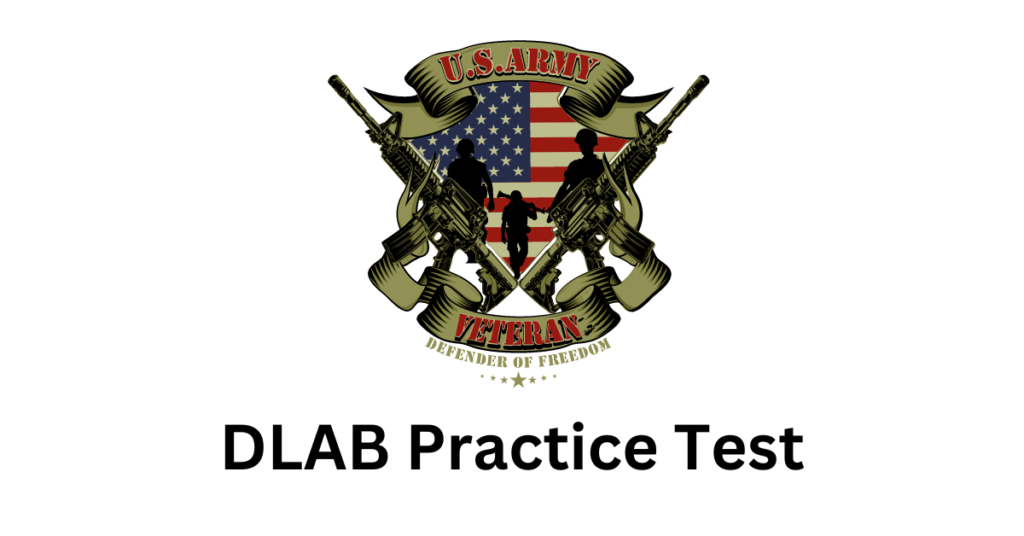Defense Language Aptitude Battery DLAB Test 2024 is a free online practice test available to help test takers learn foreign languages.
This test is not a traditional test for specific languages, but rather an evaluation test after you obtain a certain score that qualifies you to learn a language according to the score you obtained in the DLAB Test.
If you get a high score on the DLAB test, this means that you have a high ability to learn the most difficult foreign languages, such as Arabic, Chinese, Korean, Russian, and so on for the rest of the scores…

test consists of several sections to evaluate you as follows:
- Recognize sounds in words
- Identify grammatical patterns
- Understand relationships between words
- Learn new vocabulary
It is a multiple choice test (MCQs) that is conducted on the computer in military bases. The test time extends to two hours and consists of 164 points.
The Dlab test is divided into two main sections: Audio Portion and Visual Portion.
This is DLAB Practice Test Audio Section – Easy level
There are more levels and many questions to practice and prepare for the Defense Language Aptitude Battery exam
This is DLAB Practice Test Audio Section – Medium level
This is DLAB Practice Test Audio Section – Hardcore level 🔥
Do you have complete confidence in yourself to start the test?
IMPORTANT: Audio is included in this level of the test to simulate the real test
The audio section is divided into five sections, which are
Part 1: Phonetic Discrimination (10 minutes) – Four words are heard and you must identify the word with the different stress pattern.
Part 2: Sentence Comprehension (20 minutes) – You will listen to sentences in a fictitious language and answer questions related to their grammatical structure.
Parts 3 & 4: Vocabulary Building (25 minutes each) – You will listen to several words in a fictitious language and then answer questions about their meanings. It seems strange, doesn’t it?
Part 5: Reading Comprehension (20 minutes) – Here you will listen to clips and answer questions related to the content of the clip. It seems logical.
As for the theoretical section, this section tests you if you are able to recognize grammatical patterns and relationships between words. You will see sentences or paragraphs with missing words and use the four answer options to identify the missing words…